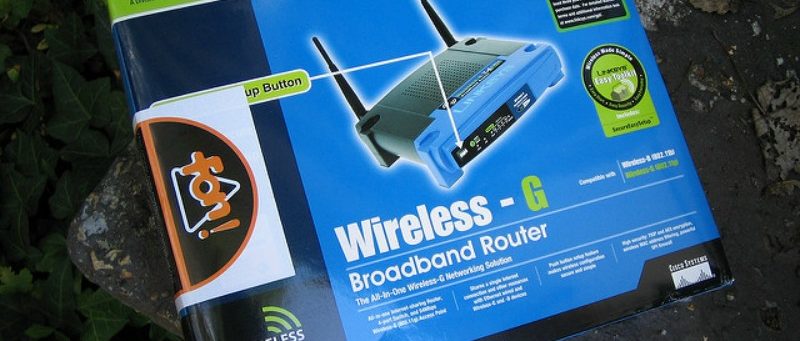
How to Protect Your Home WiFi from Hackers
Are your neighbors — or worse — criminal hackers accessing your home WiFi?
WiFi has become an almost essential part of our daily lives. We connect to it from our smartphones, video game consoles, computers, TVs, and even “smart” systems like home automation controls and home security systems. But this reliance on WiFi technology has also opened the doors to hackers, increasing the risk of a cyber intrusion.
Some jump on others’ WiFi networks not to “steal” information but to simply get free Internet access. Why pay when they can jump on yours? This is especially true if you live in an apartment or in otherwise close proximity to others.
But others hack into WiFi networks with the full intent to steal your information.
So, what can you do to protect your home WiFi from hackers?
Don’t Use the Default Login
One of the biggest mistakes homeowners make regarding their WiFi is using the default username and password combination. Nearly all routers on the market come with a standard username and password. While it’s easier to use the default login credentials, it’s a serious security vulnerability that will increase your risk of being hacked.
If a hacker knows the brand and model of your router, they can search for the default login credentials online and gain access to your WiFi.
In addition, many routers, including ones provided by your Internet service provider, display the password or “network security key” on the bottom or back of the unit. If someone gains entry into your home, either legitimately such as a housekeeper or repair person, or illegally by breaking in, they can get your password and simply log into your WiFi. Then, if you do online banking or shopping, your financial information can be stolen and used.
Change the Default Password
You should change the WiFi password to help protect against hacking. If you don’t have the manual with instructions for your particular router, you can usually find it online. Just search for your router’s manufacturer and model number. Follow the instructions to change the default password.
When choosing a password for your WiFi, use a combination of letters and numbers, not regular words found in the dictionary. Hackers have become increasingly savvy in their abilities to infiltrate networks and will often use “brute force” attacks to break easy passwords.
Passwords that are long and difficult are harder to break, but also harder to remember. One password tip some security experts recommend is use the first letters of a favorite song lyric or poem, and add some special characters such as #$%^&*{}[} and numbers. This creates passwords you can remember, but aren’t easy to guess.
For example, say you’re a Beatles fan. The opening lyrics to “Hey Jude” are, “Hey, Jude, don’t make it bad, take a sad song and make it better.” Your password could look something like this: “Hjdm1btass&miB#}” – it has a combination of upper and lower case letters, numbers and special characters. And it’s easier to remember longer passwords if you can sing or recite the words that create its letters.
Update the Firmware
If you’ve had your router for a while, chances are the manufacturer has released some updates. Updates often patch newly discovered vulnerabilities. Get on your manufacturer’s website and search for your model to see if there are any updates. If so, follow the instructions and update it.
Enable Encryption
While you are logged into your router’s settings, you should enable encryption. This is the single most important step in securing your router and protecting your WiFi from hackers. Wireless networks today use several different types of encryption standards such as WEP, WPP and WPA2. WEP is the most basic type of encryption, making it the least secure. On the plus side, however, it’s also compatible with the most devices, ensuring a high rate of functionality. But if you want a more secure network, choose the newer and more advanced WPA2 encryption.
Change Network Name
Last but not least, change the name of your wireless network. Keep in mind that your network’s name isn’t listed as “name” under the router settings. Instead, it’s referred to as the SSID. So, edit the SSID of your network to something that’s entirely unique. Some routers give you the ability to “hide” your network, so others won’t even see it come up when they look at which networks are within range.
Image attribution: https://www.flickr.com/photos/thms/

